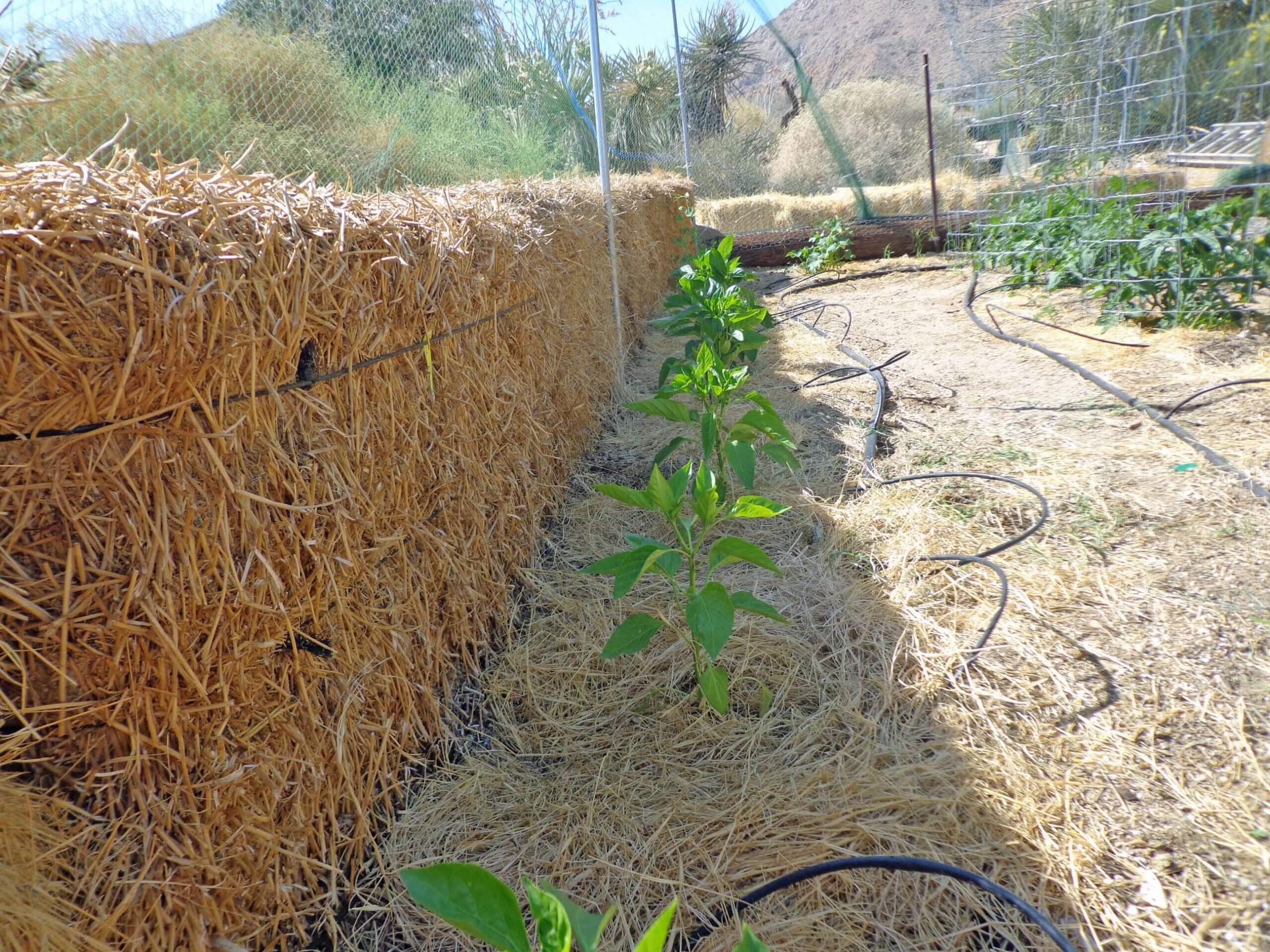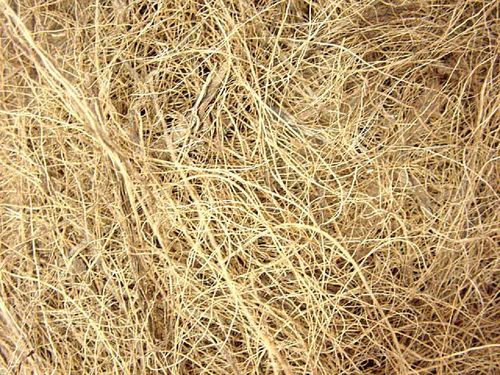
My soil has never resembled that perfect loamy ground in Martha Stewart’s garden or a posh garden show. The first plot I cultivated for 18 years was dense clay too filled with rocks to resemble the soft soil all gardeners dream about. My second garden here in the desert is just the opposite. It’s sand and decomposed granite so porous it won’t make a clod. My two yards are probably more like yours: a battleground where I’ve fought to improve less than ideal soil structure. But one product has helped above others and that’s coir.
Organic matter is the one thing that solves both sandy and clay soil structural problems. Finely ground organic matter mixed into clay helps keep the tiny soil particles separated. The separation creates gaps that allow water, air, fertilizer and roots to penetrate more easily. Likewise, organic matter helps sandy soils better retain needed moisture and nutrients. Coir is an excellent supplier of organic matter for both these situations–better than even common organic additives like composted manure.
Clay-rich soil is surprisingly fertile, with high microbe populations that count it among our most productive agricultural soils. It’s just it’s high density that’s problematic. When I added truckloads of composted manure to that first garden, plants in it grew like gangbusters, but then all the amendment seemed to disappear by the next season. The high population of soil microbes literally ate the manure, and they’ll do the same in your soil too. (If only I’d had Black Gold’s Just Coir, which provides more prolonged, better structure to clay soils—especially when combined with compost.) Desert gardens soils have similar problems for different reasons.
In desert soil, organic matter serves a very different purpose because sand just won’t hold water in the root zone long enough for plants to absorb it. Every tiny bit of organic matter added to this soil acts as a miniature sponge to absorb water and nutrients to keep them handy for plants. It’s also important for creating an environment suited to microbes, which are few and need loads of compost and coir for healthy populations.
In the past, manures and compost were the corrective organic matter for troubled soils. But coir has gained popularity because it works. This byproduct of the coconut industry is proving to be a far more long-lasting soil conditioning material. It resists the quick decomposition of compost, ensuring an enduring benefit. That’s why it’s a component in many Black Gold soil amendments.
 To improve your soil structure, Just Coir is a great solution for overly porous or dense ground. It’s a soft, finely ground amendment that is easy to mix in, holds water wonderfully and lasts longer than anything else.
To improve your soil structure, Just Coir is a great solution for overly porous or dense ground. It’s a soft, finely ground amendment that is easy to mix in, holds water wonderfully and lasts longer than anything else.
To create a superior garden this year, mix in Black Gold All Purpose (5-5-5) OMRI Listed fertilizer into the soil with Just Coir to improve both structure and fertility of porous soils. Another option for clay soils is to blend Just Coir with Black Gold Worm Castings and fertilizer to feed the enormous microbe population as they go to work breaking down the organic matter.
Adding soil amendments before planting isn’t just a one-time thing, but an annual or bi-annual thing. It is an ongoing process that will gradually solve problems with soil structure, increases biotic activity and increase fertility. With Just Coir and a little time, gardeners can achieve great garden soils that may just verge on Martha-Stewart-perfect garden soil.

